시네마콘 2025, 극장 vs. 스튜디오 갈등 폭발… ‘극장 윈도’의 미래는?(Cinemacon 2025, Theaters vs. Studios Conflict Explodes... What's the Future of the 'Theater Window'?)
“시네마콘 2025, 극장 vs. 스튜디오 갈등 폭발… ‘극장 윈도’의 미래는?”
지난 3월 31일부터 4월 3일까지 미국 네바다 라스베이거스에서 열린 시네마콘(CinemaCon)은 매년 극장의 ‘마법 같은 경험’을 기념하고 극장산업의 밝은 미래를 조명해온 행사다.
하지만 2025년 에디션(EDITION)은 달랐다. 전 세계적으로 팬데믹과 두 번의 노동 파업을 겪으며 극장산업이 위축된 지난 5년간의 모든 불만과 갈등이 한꺼번에 분출된 것이다. 원래라면 2025년은 슈퍼히어로 영화, 스타 파워가 돋보이는 대작, 판타지 블록버스터 등으로 극장 매출이 되살아날 것이라는 기대가 컸다.
그러나 「백설공주와 「미키 17」 등 굵직한 신작마저 흥행 부진을 겪으며 2024년 대비 10% 정도의 매출 하락을 기록했다. 이 사태에 대해 극장업계와 스튜디오 양측은 서로 다른 이유를 들어 ‘누가 더 책임이 큰가’를 놓고 팽팽히 맞서고 있다.
스트리밍과 AI 시대, 스튜디오와 극장은 본격적인 전쟁을 벌이고 있다. 한국도 예외는 아니다.
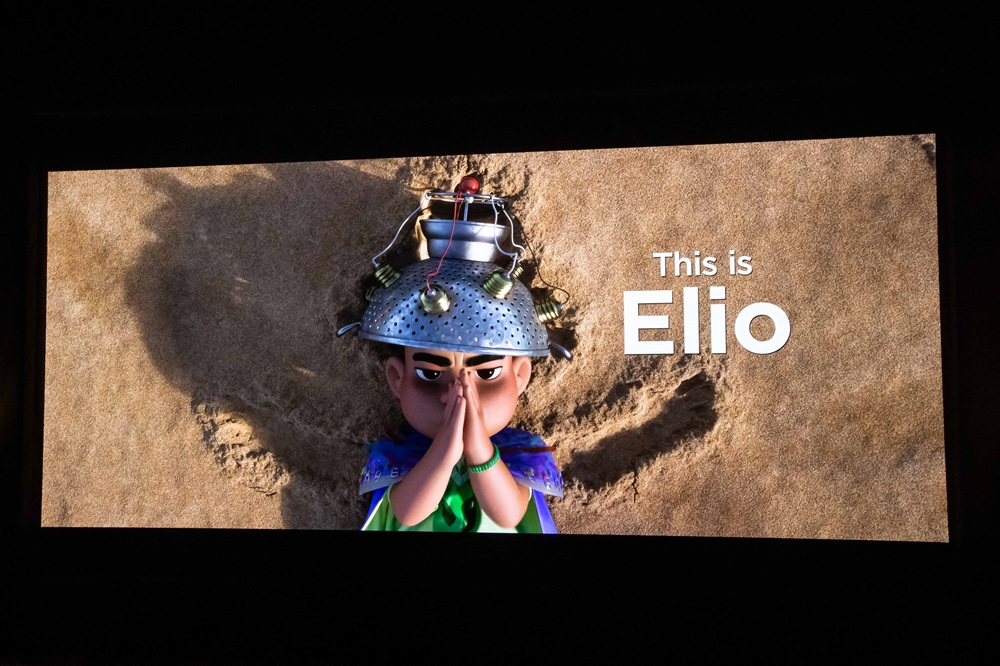
CinemaCon Overview: From Celebration to Tension
From March 31 to April 3, CinemaCon 2025 took place in Las Vegas, Nevada. Traditionally, CinemaCon has celebrated the “magical experience” of theaters and highlighted the bright future of the exhibition industry.
But this year’s edition was markedly different. Over the past five years, the global film industry has faced two labor strikes and a pandemic, leaving theaters in a weakened state. All the pent-up frustrations and conflicts seemed to erupt at once.
Optimism had been running high for 2025 to signal a major recovery for theaters, fueled by superhero blockbusters, star-driven tentpoles, and fantasy adventures. Yet with major releases like Snow White and Mickey 17 underperforming, industry-wide revenue has dropped about 10% compared to 2024. As a result, theaters and studios are at odds, each citing different reasons for this downturn.
Adding to the tension is the rapid advance of streaming technology and AI-driven innovations. Studios and theaters appear to be on the brink of a full-scale battle—and Korea is no exception.
1. “Extend Theatrical Windows to 45–60 Days” vs. “Renegotiating Won’t Be Easy”
All About the Windows
Theaters’ Perspective: “17 Days Is Too Short Before Streaming or PVOD”
The hottest debate at CinemaCon centered on theatrical windows—the length of time a film is shown exclusively in theaters. During the pandemic, studios and theater chains signed deals that allowed films to move to on-demand or streaming services just 17 days after debuting in theaters. Theaters resent this policy, arguing that “films leave theaters for home viewing far too quickly.”
Adam Aron, CEO of AMC Theatres, emphasized that “the shortened window was a pandemic-era concession” and has called on Hollywood to reintroduce an exclusive theatrical window of at least 60 days. Michael O’Leary, head of Cinema United, reiterated this stance, stressing the need for a minimum 45-day window to protect box-office revenue, pointing out that while top-grossing films still do well, the gap between those top performers and the rest has become “alarmingly wide” post-pandemic.
Studios’ Perspective: “There’s Only a Limited Marketing Window—Keeping Films Longer in Theaters Can Hurt Returns”
However, studios argue that the marketing “golden period” is concentrated in the first few weeks following a film’s release, so extending the theatrical run to 60–90 days may actually reduce overall profitability. Once studios have invested heavily in an initial ad campaign, its impact diminishes over time. Disney noted at CinemaCon that it keeps movies in theaters longer than most competitors, but said that returning to a 90-day window is still very unlikely.

1. “윈도(극장 독점 상영기간)를 45~60일로 늘려야 한다” vs. “재협상은 쉽지 않다” All About the Windows
극장업계: “17일 만에 스트리밍나 PVOD로 옮기는 건 손해 막심”
시네마콘 기간 동안 가장 뜨거운 이슈는 단연 “극장 전용 상영기간(윈도 window)” 논쟁이었다. 팬데믹 시기에 맺어진 계약으로 인해, 일부 작품은 개봉 후 17일만 지나면 주문형 비디오나 스트리밍 서비스에 공개될 수 있게 됐다. 이는 “극장에 들어온 신작이 너무 빨리 집으로 들어가 버린다”고 불만을 가진 극장업계의 강력한 반발을 불러왔다.
AMC 시어터스의 애덤 애런(Adam Aron) CEO는 “현재의 단축 윈도는 팬데믹 시기에 한시적으로 허용된 것”이라며, 할리우드 스튜디오들에게 최소 60일 이상 극장에서만 상영하는 방식으로 재협상을 요청하고 있다.
시네마 유나이티드(Cinema United) 대표 마이클 오리어리(Michael O’Leary) 역시 “현재 흥행 상위작들은 여전히 큰 성공을 거두고 있지만, TOP 작품에서 조금만 벗어나도 성적 격차가 과거보다 훨씬 심각하다”며, 이를 해결하기 위해서는 최소 45일의 극장 독점 기간이 필요하다고 주장했다.
스튜디오: “마케팅 효과 매우 짧아… 극장서 오래 잡아두면 손해”
그러나 스튜디오 입장에서는 60~90일에 달하는 장기간 극장상영이 마케팅 측면에서 ‘골든타임’을 놓치는 것이라고 반박했다.
한 번 쏟아부은 홍보비의 효과가 극장 개봉 초기 몇 주 안에 집중되는 만큼, ‘극장에서 더 버텨라’는 주장은 현실과 맞지 않는다는 것이다. 디즈니는 시네마콘에서 “자사는 경쟁사보다 더 오래 극장에 영화를 걸어둔다”고 밝혔지만, 그럼에도 불구하고 90일 이상의 윈도로 돌아가는 것은 쉽지 않아 보인다.
2. “왜 매출이 줄었나?”: 서로를 향한 불만
스튜디오 불만: 극장시설 투자 미흡·가격 정책 미비
최근 극장 매출 감소에 대한 해석은 매우 달랐다.
스튜디오 측에서는 “극장들이 매력적인 관람 환경을 만들기 위해 충분히 투자하지 않는다”는 불만을 제기한다. 극장이 시설 투자에 소흘하다는 이야기다.
낡고 불편한 의자나 음향시설을 개선하지 않고, 더 나아가서 높은 티켓 가격을 낮추려는 시도도 충분하지 않다는 것이다. 최근 물가 상승 등으로 소비자들의 주머니가 얇아진 상황에서, 할인 프로모션이나 차별화된 서비스를 제공하지 않는다면 관객이 집에서 영화를 보는 쪽으로 기울 수밖에 없다고 비판했다.
한편, 삼성전자는 시네마콘(CinemaCon) 2025에서 극장용 LED스크린 삼성 Onyx Cinema LED’를 선보였다. 관람객들은 2025년 공개 예정인 픽사(Pixar)의 애니메이션 엘리오(Elio) 등을 이 스크린으로 직접 체험했다. 삼
삼성전자는 Onyx는 트루 블랙(True Black) 구현과 무한대 명암비, 그리고 뛰어난 색 정확도를 자랑하며, 기존 프로젝터가 제공하지 못했던 몰입형 시각 경험을 제공한다고 밝혔다. 이를 통해 전통적인 영화관 표준의 6배 수준으로, 화면상의 가장 밝은 영역도 선명하게 표현한다고 설명했다. 일반적으로 대형 상영관에서 프로젝터 화질이 어두워지고 밝은 장면에서 색이 흐릿해지는 문제점을 극복한 Onyx는 어두운 그림자부터 밝은 하이라이트까지 풍부한 디테일을 유지해 관객에게 최상의 색 정확도를 보여준다.
미국 애리조나주 메사(Mesa)에 위치한 복합 엔터테인먼트 단지 ‘캐넌 비치(Cannon Beach)’는 올가을 오픈 예정인 LVL 11 엔터테인먼트(LVL 11 Entertainment) 극장에 이 최신 세대의 삼성 Onyx 스크린을 도입할 예정이라고 삼성은 밝혔다.
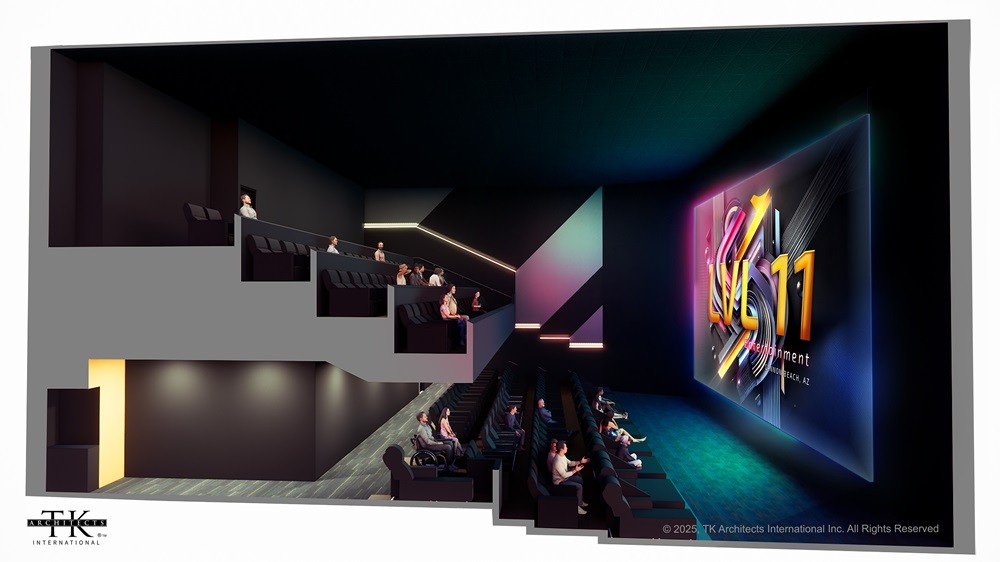
2. Why the Decline in Revenue? Differing Points of Blame
Studios’ Complaint: Outdated Theaters and Minimal Pricing Initiatives
Studios point to a lack of innovation in the exhibition sector, accusing theater owners of not investing enough in their venues. Outdated seating, subpar audio setups, and high ticket prices make at-home viewing far more appealing—especially when economic inflation has tightened consumers’ wallets. Studios believe that if theaters don’t offer discount promotions or enhanced amenities, more viewers will opt to stay home.
극장 불만: 스튜디오가 ‘비(非) 슈퍼히어로 영화’를 스스로 포기한다
반면 극장주들은 현재 위기는 영화의 문제라는 인식이 강했다.
극장주들은 시네마콘에서 스튜디오가 슈퍼히어로·블록버스터가 아니면 영화 자체를 극장 개보다 ‘스트리밍 전용 콘텐츠’처럼 취급해버린다고 토로하는 분위기가 강했다. 극장으로 끌어들일 만한 재미있는 로맨틱 코미디, 액션 어드벤처, 가족용 영화가 과거보다 훨씬 줄어들었다는 것이다. 또, “극장에 다양한 작품이 공급되지 않으니 당연히 매출이 줄어든다”고 역설한다.
Exhibitors’ Complaint: Studios Are Abandoning Non-Superhero Films
From the exhibitors’ viewpoint, the real problem lies with the studios themselves. They argue that Hollywood has largely given up on non-superhero fare, treating many potential theatrical releases as “streaming-only” content. This has led to a decline in rom-coms, action-adventures, and family films being released to theaters. Exhibitors maintain that if there were more variety in theatrical content, overall box office revenues would improve.
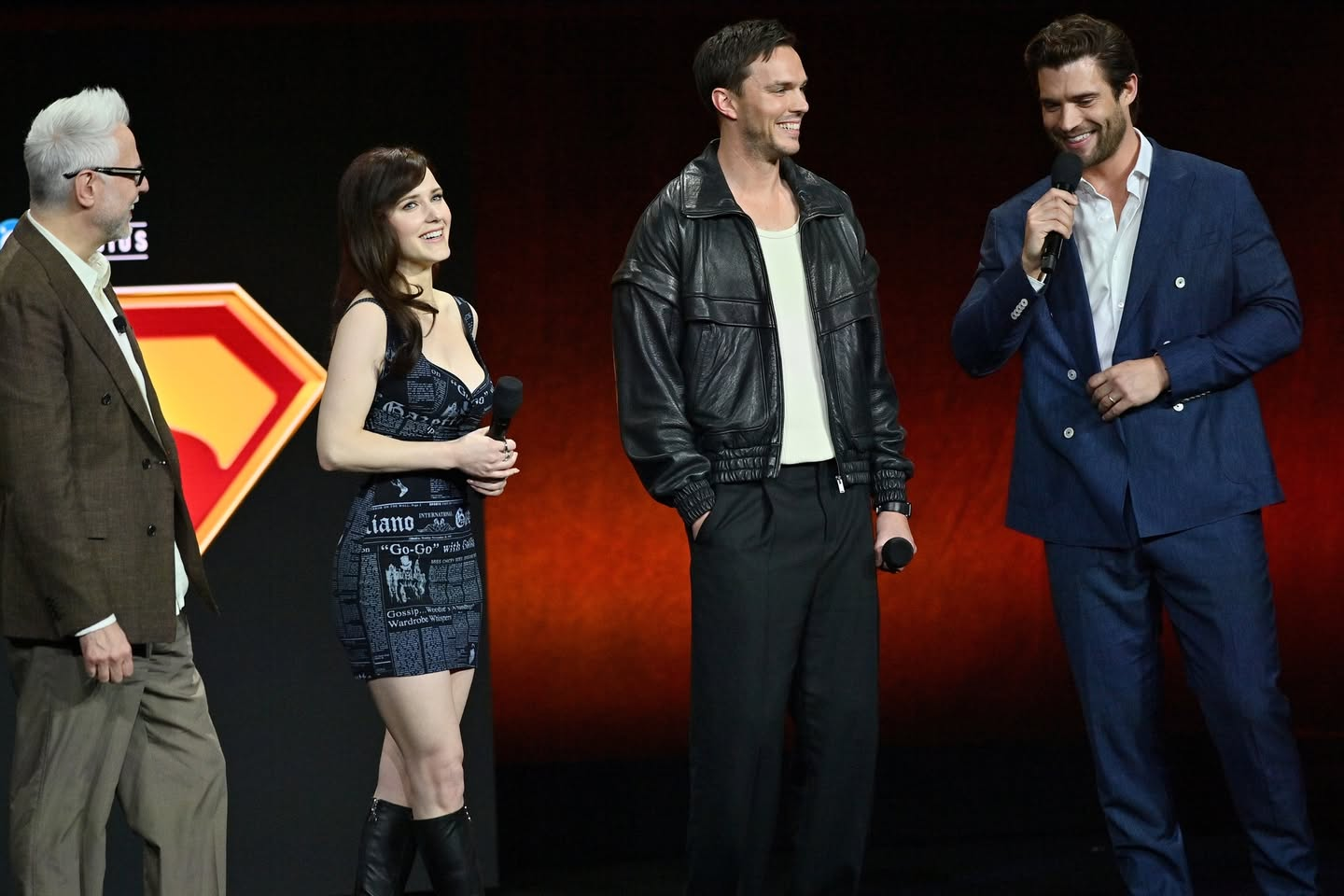
3. “백설공주”·“미키 17”의 부진, 아마존 MGM의 ‘구원투수’ 역할
Disney·WB의 기대작마저 흥행 실패
2025년 극장산업이 부활할 것이라는 기대는 디즈니의 「백설공주」와 워너 브라더스의 「미키 17」이 잇따라 흥행에 실패하면서 무너졌다. 「백설공주」는 글로벌 오프닝 주말에 약 8,700만 달러를 벌어 들였지만, 제작비(2억7000만 달러)와 재촬영 비용 등을 고려하면 손익분기점에 크게 못 미치는 수준이다. 버뱅크 디즈니 본사에서는 “애니메이션 원전이 가장 상징적인 ‘백설공주’를 이 정도 성적으로 개봉하는 것은 말이 안 된다”는 내부 비판까지 나왔다는 후문이다.
워너 브라더스가 야심 차게 내놓은 봉준호 감독의 「미키 17 Mickey 17」 역시 1억 달러 이상 제작비가 투입되었으나, 북미 수익이 그 절반에도 미치지 못한 채 한 달 만에 디지털 플랫폼으로 옮길 예정이라 스튜디오 입장에서는 큰 타격이 불가피해 보인다.
아마존 MGM, “매년 15편 극장용 대작” 약속
이런 와중에 아마존 MGM은 “2027년까지 연간 15편의 극장용 대작 영화를 내놓겠다”고 선언하며, 업계의 기대를 한 몸에 받았다. 2019년 디즈니가 20세기 폭스를 인수한 뒤로 상대적으로 신작 공급이 줄어든 상황에서, 아마존 MGM이 공백을 메워줄 ‘구원투수’ 역할을 할 수 있을지 주목된다.
하지만 단순히 작품 수만 늘리는 것이 아닌, 관객이 ‘극장에 갈 이유’를 만들어줄 퀄리티가 뒷받침될지가 관건이다. 최근 미국 극장가는 그나마 흥행이 이어지고 있는 공포 영화 장르의 공급이 늘고 있다.
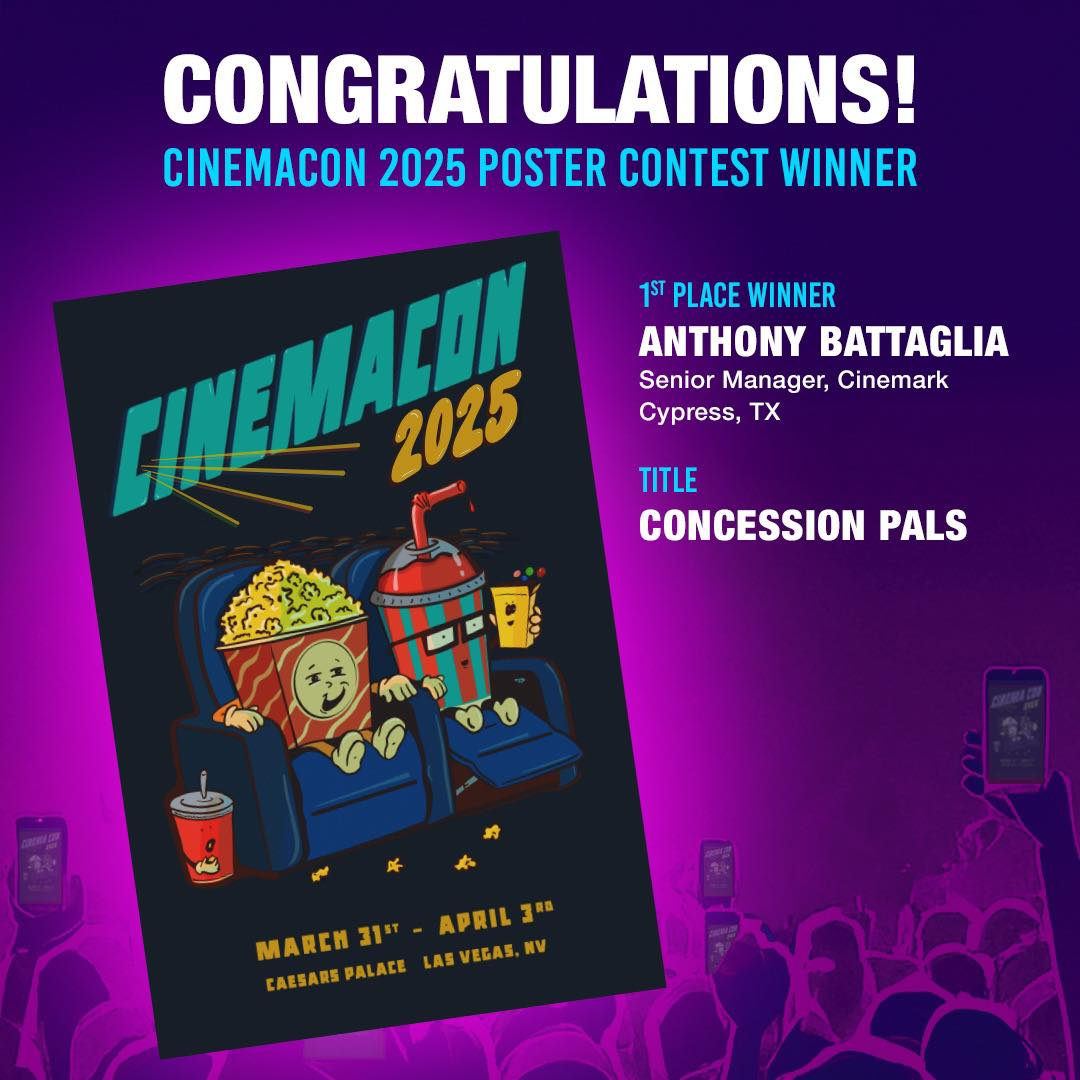
3. Underperformance of Snow White and Mickey 17, and Amazon MGM as a ‘Rescuer’?
Disney & Warner Bros. See Key Releases Flop
The much-anticipated “theatrical resurgence” in 2025 took a hit when Disney’s Snow White and Warner Bros.’ Mickey 17 failed to meet expectations. Snow White pulled in about $87 million globally in its opening weekend—disappointing compared to its $270 million budget plus reshoot costs. Rumors suggest Disney’s Burbank headquarters was shocked by such a poor performance for a live-action adaptation of their most iconic classic.
Bong Joon-ho’s Mickey 17, financed by Warner Bros. at over $100 million, also underperformed at the North American box office, earning less than half of its budget. The film is moving to digital platforms after only a month, dealing a significant blow to the studio.
Amazon MGM Promises “15 Major Theatrical Releases Annually”
Amid these struggles, Amazon MGM has pledged to release up to 15 big-screen films per year by 2027. Since Disney’s 2019 acquisition of 20th Century Fox, the flow of new titles has somewhat diminished, and exhibitors are hoping Amazon MGM can help fill the void. The big question: Will Amazon MGM’s increased quantity come with the kind of quality that convinces consumers they must see these films in theaters?
In the U.S., one bright spot has been the steady performance of horror films, suggesting that genre diversification—at least in certain niches—can yield consistent box-office returns.
4. 스타 파워의 무뎌진 영향… “우리 극장주는 더 이상 쉽게 안 흔들려요”
올해 시네마콘에는 레오나르도 디카프리오, 스칼렛 요한슨, 톰 크루즈 등 최고의 할리우드 스타들이 무대에 올랐지만, 예년만큼 폭발적인 호응이 나오지 않았다. 특히 레오나르도 디카프리오가 등장했을 때 반응이 의외로 미적지근했으며, 스칼렛 요한슨 역시 기대만큼의 갈채를 받지 못했다.
반면 톰 크루즈는 「탑건」에서 함께한 故 밸 킬머를 기리는 시간을 가지며 열띤 박수를 받았고, 「위키드(Wicked)」의 신시아 에리보와 아리아나 그란데가 깜짝 등장했을 때는 분위기가 살아났다.
업계 관계자들은 “극장주들도 이제 스타들의 홍보나 얼굴마담보다는 실제로 관객을 끌어올 수 있는 IP(지적재산권)와 작품의 매력에 주목한다”고 입을 모은다.
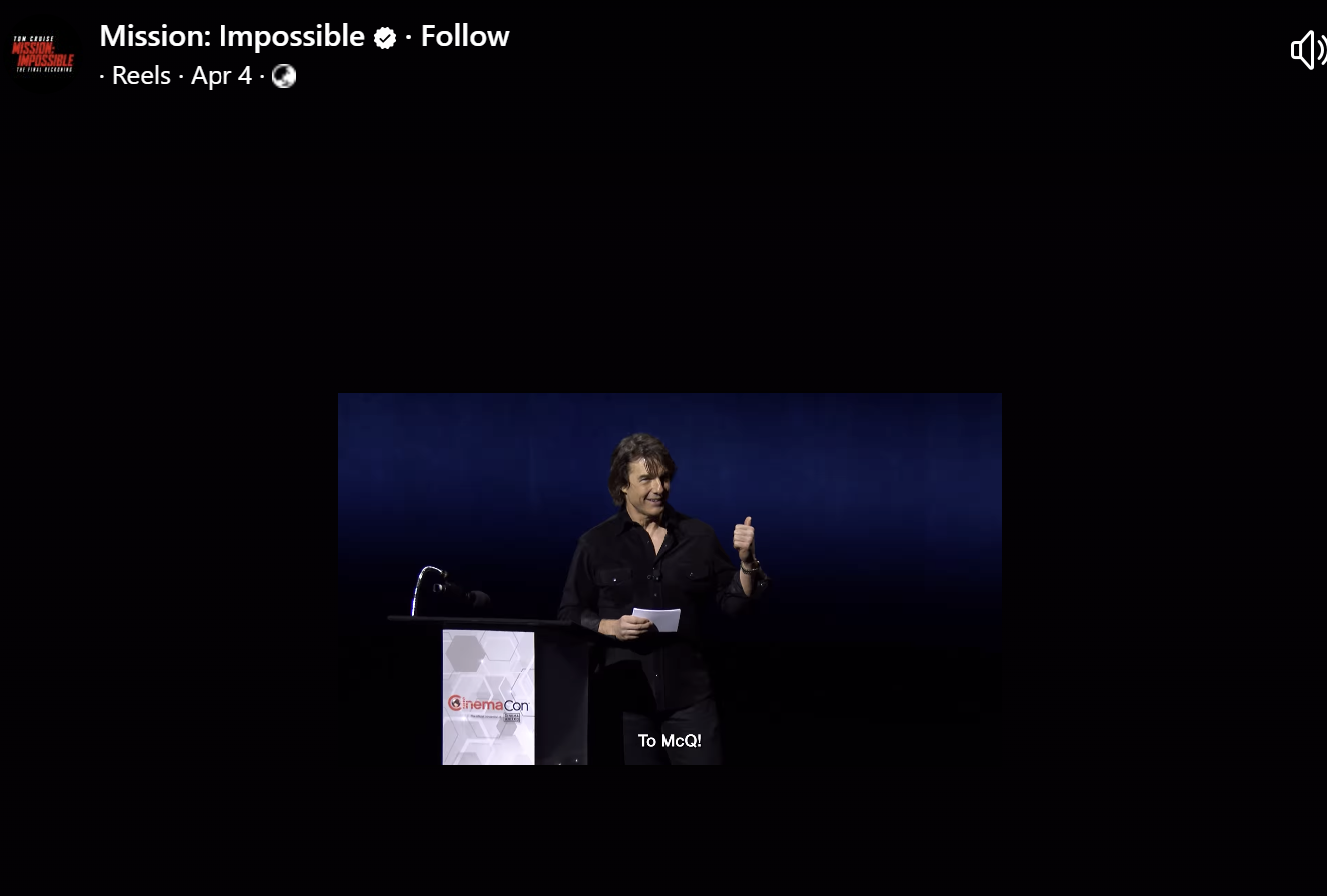
4. Diminished Star Power: “Exhibitors Are No Longer Swayed That Easily”
This year’s CinemaCon featured appearances by industry heavyweights such as Leonardo DiCaprio, Scarlett Johansson, and Tom Cruise, yet the audience reaction was comparatively muted. Leonardo DiCaprio’s appearance drew a surprisingly subdued response, and Scarlett Johansson also failed to generate the level of applause one might expect.
In contrast, Tom Cruise received an enthusiastic reception, especially after he led a tribute to his late Top Gun co-star Val Kilmer. Wicked stars Cynthia Erivo and Ariana Grande also briefly stirred excitement. Industry observers note that “theater owners are increasingly focused on IPs and content that genuinely drive audience turnout, rather than relying on star presence alone.”
5. “Survive Until ‘26?” – 끝나지 않은 고통
팬데믹 시기 “2024~2025년만 버티면 된다”는 ‘서바이브 틸 25(Survive till 25)’ 구호가 난무했지만, 현실은 2025년 들어서도 “진짜 회복”을 기다려야 하는 처지다. 이제는 “서바이브 틸 26(Survive till 26)”이라는 말까지 나온다.
왜 2026년인가? 그해에는 역대급 흥행 프랜차이즈들의 후속편이 줄줄이 예정돼 있다. 예컨대 「어벤져스」, 「스파이더맨」, 「미니언즈」, 「토이 스토리」 등 믿을 만한 대어들이 돌아온다. 크리스토퍼 놀란과 스티븐 스필버그가 각각 내놓을 신작도 2026년 개봉 리스트에 올라 있다. 극장업계와 스튜디오 모두 “그때 다시 한 번 대규모 흥행 부활”을 노리겠지만, 실제로 그 ‘약속된 흥행’이 실현될지는 미지수다.
5. “Survive Until ‘26?” – The Long Road Ahead
Early on in the pandemic, exhibitors and studios rallied around the idea of “Survive till 25,” hoping for a full rebound by this year. But with box-office recovery still elusive, some are now saying “Survive till 26.”
Why 2026? That year is set to bring a slew of major franchise sequels—Avengers, Spider-Man, Minions, Toy Story, among others. Both Christopher Nolan and Steven Spielberg are also scheduled to release new films in 2026. While these projects could trigger a large-scale box-office revival, it remains to be seen if they can fulfill those lofty expectations.
“K-영화 산업에 주는 시사점”
이번 시네마콘에서 드러난 ‘극장 vs. 스튜디오’ 갈등은 비단 할리우드만의 문제가 아니다. 국내에서도 스트리밍(넷플릭스, 티빙, 웨이브 등)와 극장 개봉의 관계 설정이 중요한 화두다. 해외처럼 “조기에 디지털 플랫폼으로 옮기는가” 혹은 “극장 독점 기간을 일정 부분 보장하는가”를 두고, 이미 물밑에서 여러 논의가 진행되고 있다.
- 장르 다양성 확보: 한국 영화계도 특정 장르(예: 대형 상업영화)에 치중되는 흐름이 심화되고 있다. 그러나 극장에 꾸준히 다양한 장르와 중간 규모의 영화를 공급하지 않으면, 장기적으로 관객들은 더 빠르게 스트리밍로 이탈할 수 있다.
- 투자·마케팅 효율성 재고: 극장 개봉 전후로 쏟아붓는 마케팅 비용과 일정이 ‘골든타임’ 안에 관객을 충분히 끌어들이지 못한다면, 조기 PVOD나 스트리밍 전환이 불가피해진다. 현재 한국에서도 예매율과 리뷰 추이에 따라 개봉 2주 내로 OTT 방영일이 잡히는 경우가 늘어나고 있다.
- 극장 경험 차별화: 극장은 단순히 ‘스크린으로 보는 공간’이 아니라, ‘특별한 경험’을 주는 공간이라는 인식을 심어줘야 한다. 고급화된 좌석, 특별관(아이맥스, 4DX 등), 맞춤형 이벤트 등이 강화되면 관객들의 선택을 유도할 수 있다.
결국, 시네마콘에서 극단적으로 표출된 갈등은 전 세계적으로 영화 산업이 ‘멀티 플랫폼 시대’를 어떻게 받아들이고, 또 극장 본연의 매력을 어떻게 유지·발전시키느냐 하는 문제로 귀결된다.
2025년 기대작들의 잇따른 부진으로 인해, 많은 전문가들이 2026년까지 살아남아야 한다고 역설하고 있다. 한국 영화산업도 이 흐름 속에서 안정적인 극장 독점과 디지털 전환 사이에서 균형점을 찾고, 관객에게 ‘굳이 극장에 가야 할 이유’를 더욱 설득력 있게 제시해야 할 시점이다.
What It Means for the Korean Film Industry
The escalating “theaters vs. studios” confrontation evident at CinemaCon is not just a Hollywood issue. In Korea, the balance between streaming (Netflix, TVING, Wavve, etc.) and theatrical releases is also a key concern, with behind-the-scenes discussions already underway about whether to reduce windows or commit to guaranteed exclusivity periods.
Ensuring Genre Diversity
Much like Hollywood, the Korean film industry has become heavily dependent on large-scale commercial films. However, without a steady supply of mid-range and diverse genre movies, audiences may turn to streaming even more quickly in the long run.
Improving Investment and Marketing Efficiency
If a film’s heavy marketing spend isn’t enough to drive significant box office returns in the critical first few weeks, studios may find themselves forced to move content to PVOD or streaming earlier. This scenario is already unfolding in Korea, where some films appear on OTT platforms within two weeks of their theatrical debut, depending on ticket pre-sales and audience reception.
Differentiating the Theater Experience
Theaters need to position themselves not merely as “places with a bigger screen” but as venues for a unique, premium experience. Luxurious seating, specialty formats like IMAX or 4DX, and tailored events can motivate viewers to choose theaters over at-home viewing.
Ultimately, the tension on display at CinemaCon underscores the global film industry’s need to adapt to a “multi-platform era” while preserving the essential draw of the theatrical experience. With several high-profile 2025 releases failing to meet expectations, many industry experts now emphasize the need to “hang on until 2026.” For the Korean film sector, striking the right balance between exclusive theatrical windows and digital opportunities—and giving audiences a convincing reason to visit the cinema—is more crucial than ever.

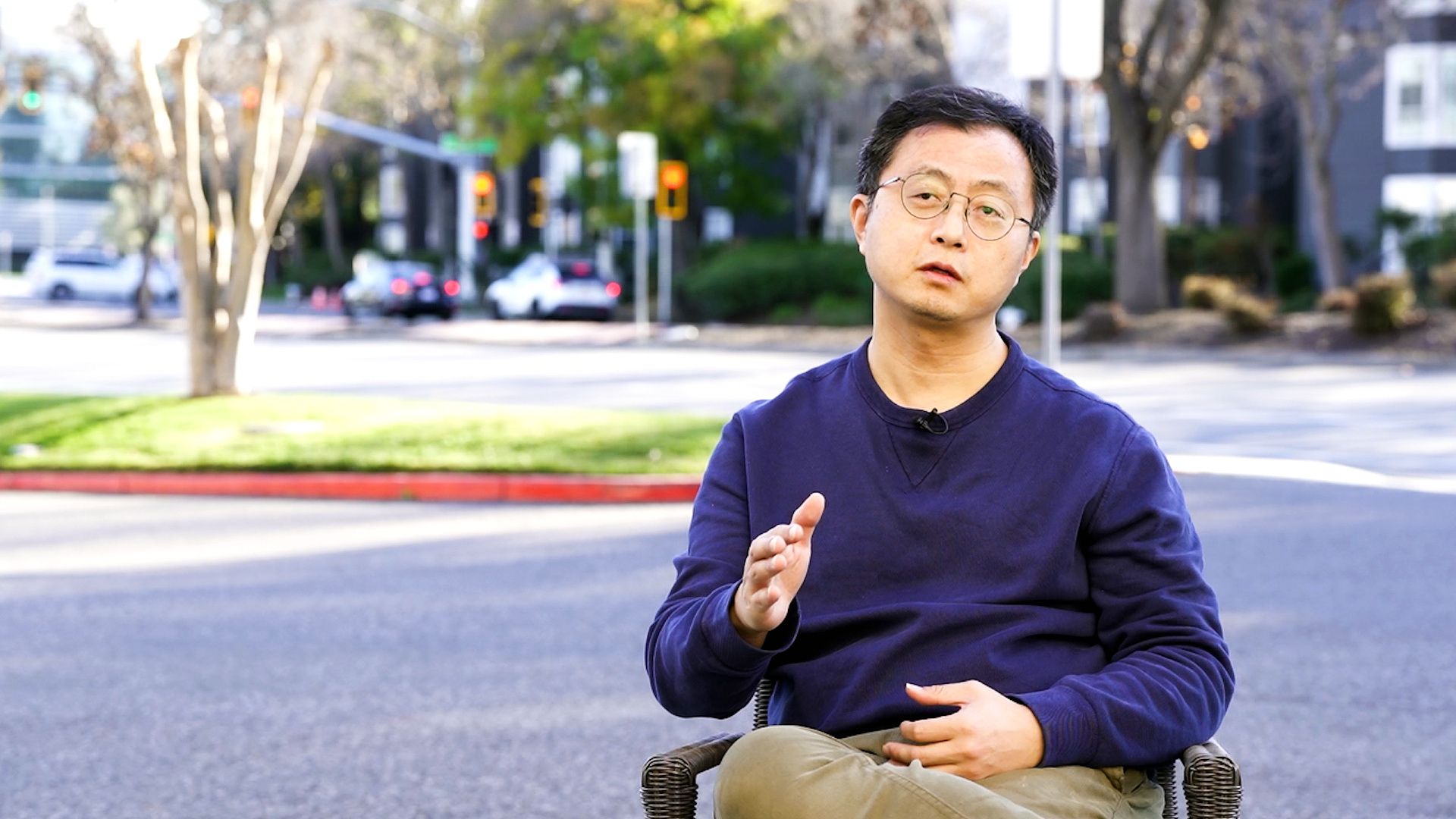
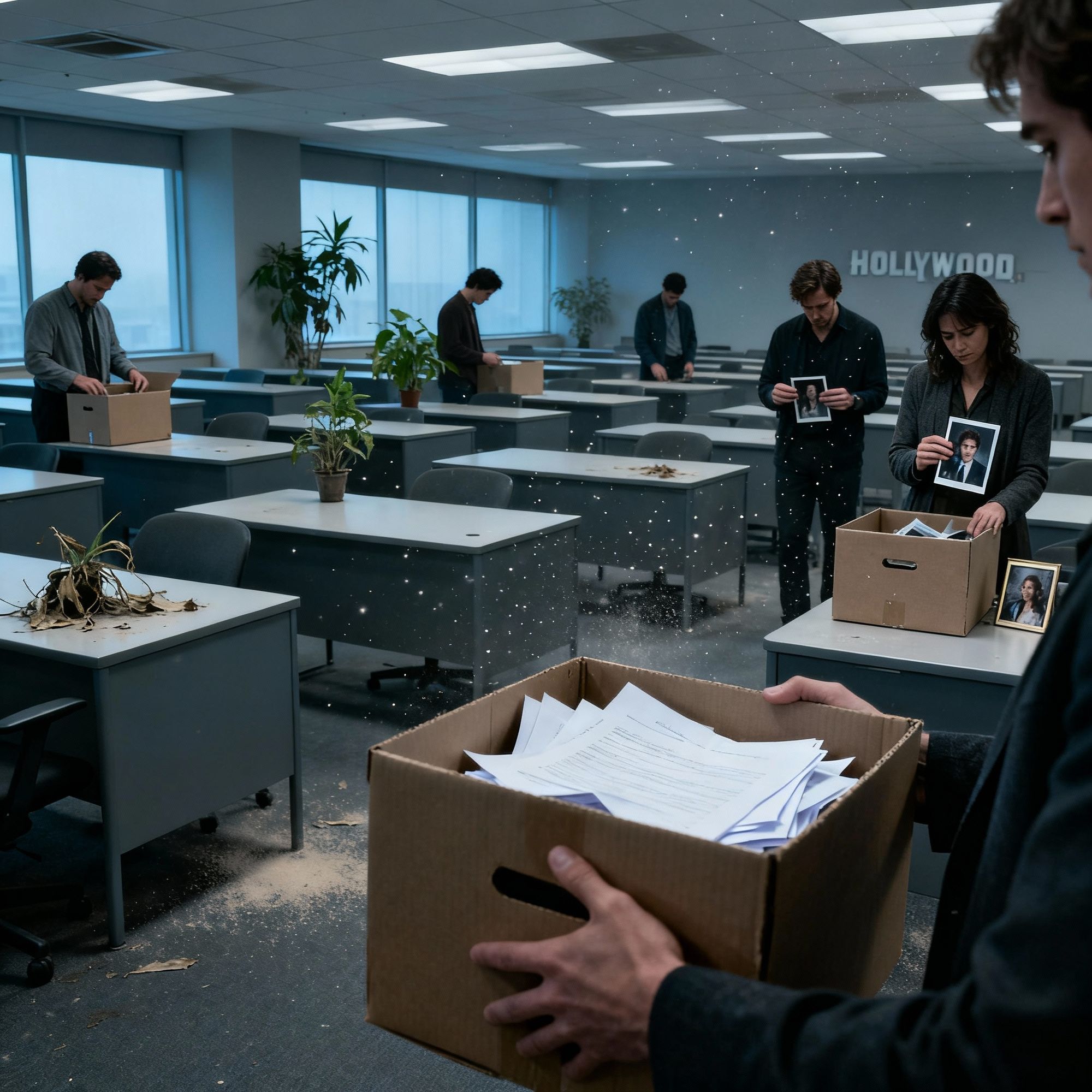
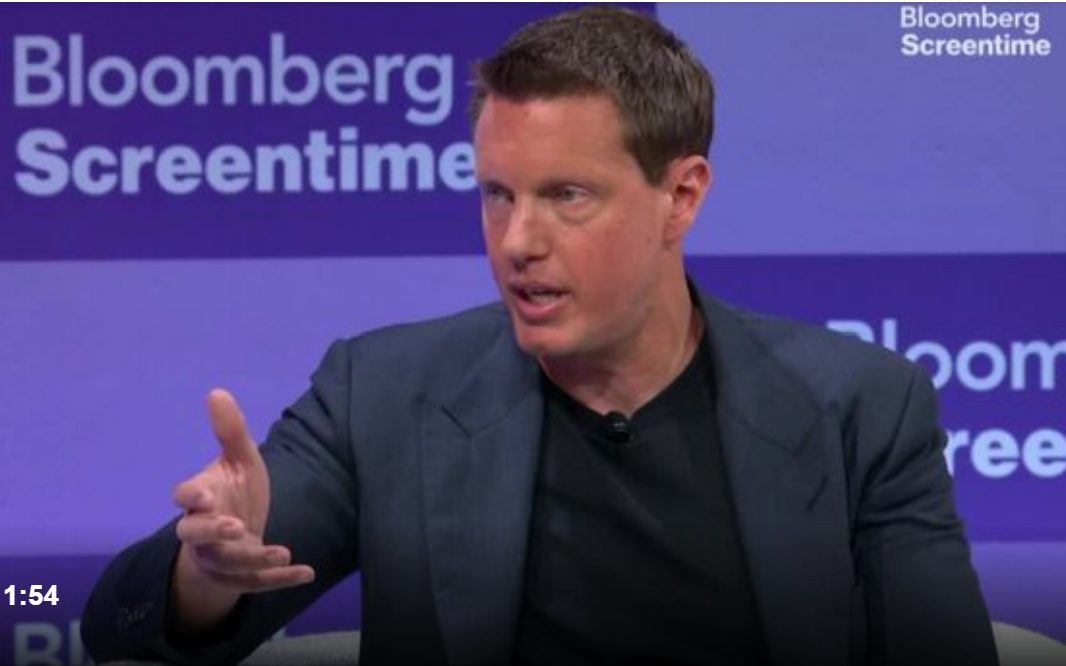
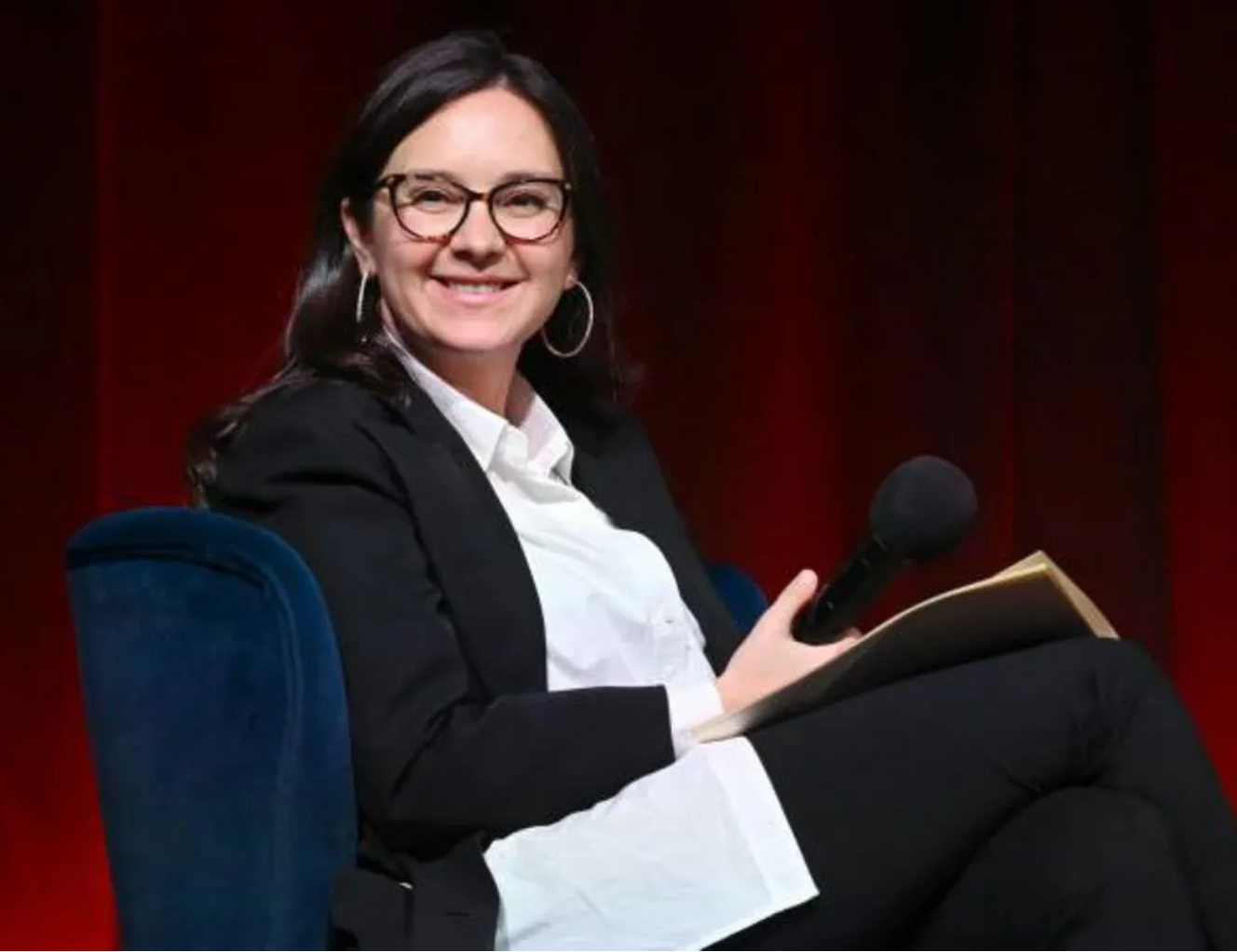

![[모집]1월 9일~14일 글로벌 AI 스템 캠프(미국 네바다)](https://cdn.media.bluedot.so/bluedot.kentertechhub/2025/11/3kf0x5_202511031830.png)
![[보고서]Local Television in
the Age of Streaming](https://cdn.media.bluedot.so/bluedot.kentertechhub/2025/10/hm4f5u_202510301923.png)
![[MIPCOM2025]글로벌 엔터테인먼트 트렌드](https://cdn.media.bluedot.so/bluedot.kentertechhub/2025/10/duxlsp_202510170000.png)
![[보고서]생성AI와 애니메이션](https://cdn.media.bluedot.so/bluedot.kentertechhub/2025/09/c49fxu_202509271057.png)
![[Samsung Ads] State of CTV July 2025](https://cdn.media.bluedot.so/bluedot.kentertechhub/2025/09/zhhtoy_202509140022.png)
![[Report] ‘STATE OF SUBSCRIPTIONS Specialty SVOD 2025’](https://cdn.media.bluedot.so/bluedot.kentertechhub/2025/09/mxdd6n_202509080356.png)
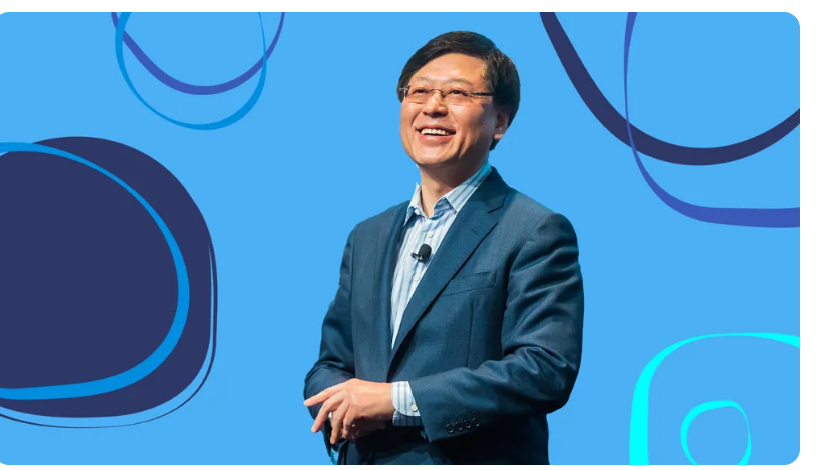
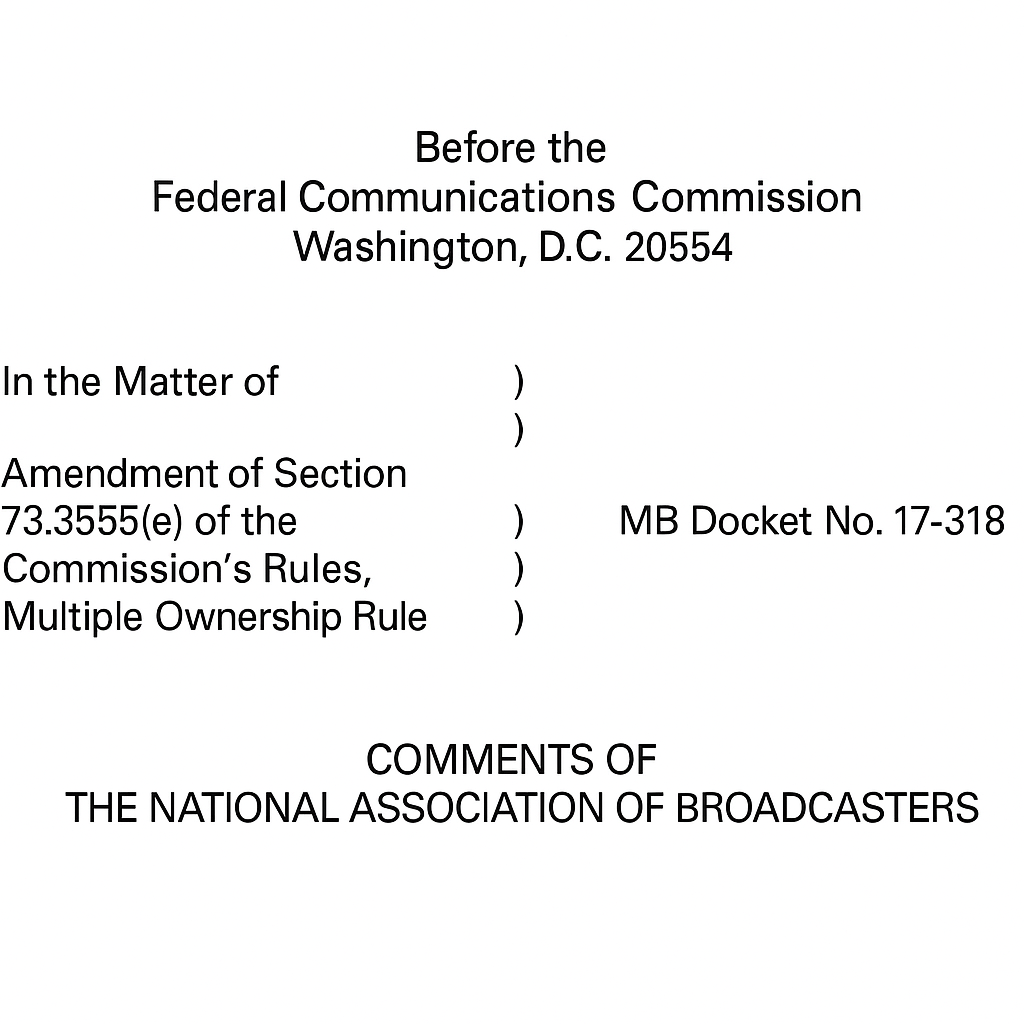

![[보도자료]Kocowa, 유럽 진출 1년 성과](https://cdn.media.bluedot.so/bluedot.kentertechhub/2025/07/d4i5qa_202507142153.png)